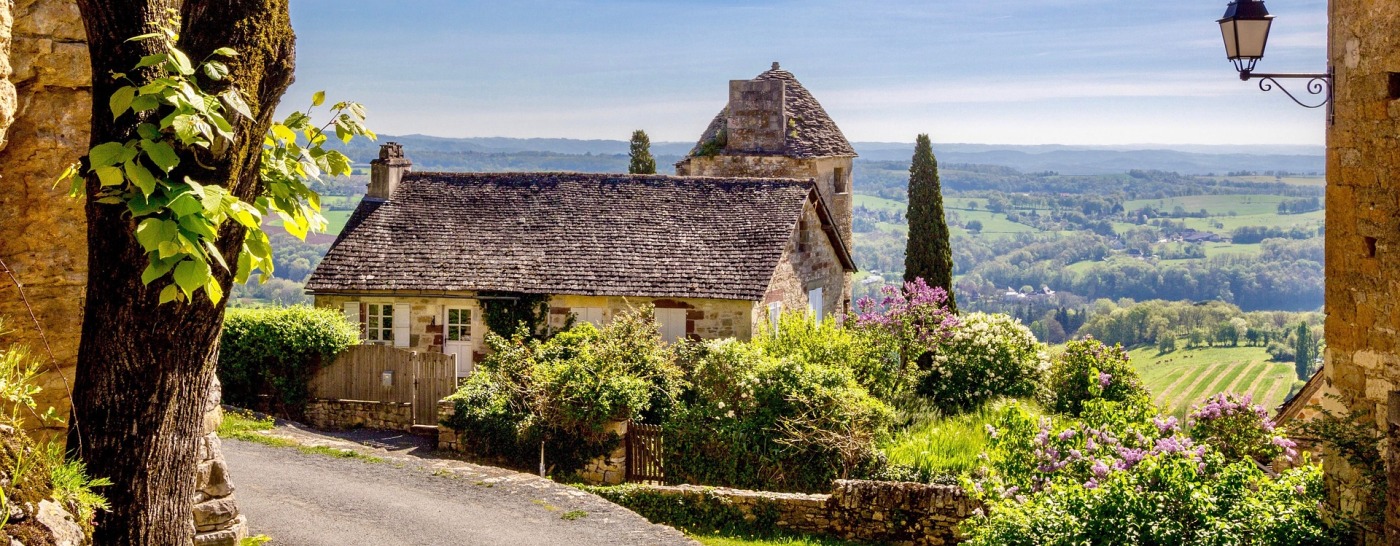
When the jaguar type e debuted at the Geneva Motor Show in the spring of 1961 it was a revelation. Its unmistakable clamshell hood, open headlights and 265 horsepower made all other sports cars seem outdated by both design and technology. It’s easy to see why the E-Type was such a sensation – it was the most beautiful and fastest production car of its day.
Designed by the aerodynamicist Malcolm Sayer, who was also responsible for the Le Mans-winning D-Type racers, it looked like a sleek fuselage. Its slippery shape and meticulously riveted panels made it one of the most desirable classic cars today.
Jaguar E-Type: A Timeless Masterpiece in Automotive History
Sir William Lyons had no idea the E-Type would be such a big success, but once it did he was determined to keep it as a high-volume model. His plan was to focus on the Jaguar Mark II and then the Mark X, but it soon became clear that he had to do something about the demand for the E-Type. Production methods at Browns Lane had to be changed, with Abbey Panels providing the various components to be welded and riveted together on the small production line in a dedicated section of the factory.
By the end of 1964, 3,960 E-Types had been built, with more than half being Fixed Head Coupes. Despite their popularity with the 1960s showbiz set, they weren’t that expensive by modern standards, costing around half of what you had to pay for an Aston Martin DB4 and a third of the price of a Ferrari 250 GT.

